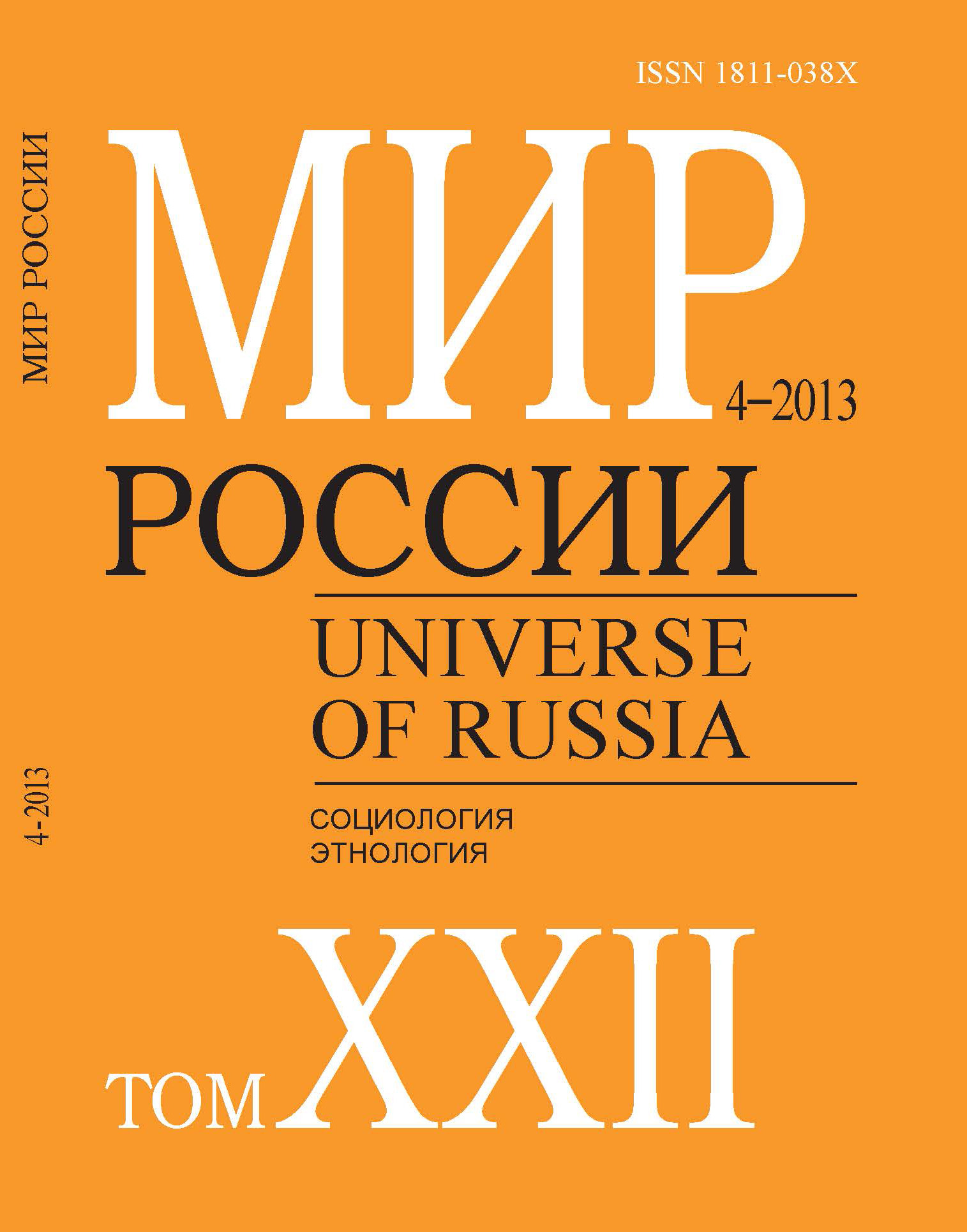Informal Employment in the Corporate Sector
Abstract
Elena Varshavskaya — Professor, Department of Human Resources Management, National Research University “Higher School of Economics”. Address: 20, Myasnitskaya St., Moscow, 101000, Russian Federation. E-mail: evarshavskaya@hse.ru
Inna Donova — Lecturer, Department of Management, Kemerovo State University. Address: 6, Krasnaya St., Kemerovo, 650043, Russian Federation. E-mail: idonova@gmail.com
The paper contains an analysis of informal employment in the corporate sector. The author approaches informal employment from the legalism perspective. While distinguishing between formal and informal employment, the author relies on the contract criterion, i.e. presence or absence of formally established labor relations. The contract is thought of as comprising of different although legally appropriate forms — fixed-term or unfixed labor contracts, civil contracts, entries in the employment record book, acceptance of employment order, etc.
The empirical part is based on data from the 2000-2011 Russia Longitudinal Monitoring Survey (RLMS-HSE). The main findings are as follows:
1. Informal employment is a quite small, yet sustainable segment of the Russian labor market. (around 7-8% of the whole workforce in 2007-2011).
2. An informally employed worker is typically a young male with a low level of education and a newcomer to the region (i.e. migrant from other regions). In other words, it is a person with comparatively low human and social capital. Moreover, a young age and the absence of any professional training increases the risks of informal employment, which further impedes a transition of such workers to formal employment in the corporate sector.
3. Informal employment is primarily concentrated in the segment of low-skilled labor in small and micro-enterprises and is skewed towards certain branches of economy (namely, trade and construction industries). These branches are particularly distinguished for significant variations in demand and, thus, feature a flexible variation in the number of employed — a perfect case for the use of informal agreements.
4. For most employees informal employment is a temporary and short-term strategy to increase current income. It usually serves as a temporary “bridge” between unemployment (and occasional informal employment) and formal employment in organizations and enterprises.
5. On average the informally employed earn as much as employees with formal labor contracts. The “earnings gap” only appeared in 2010-2011 and was most likely caused by a sudden growth of forced informal employment.
These results relate not so much to the features of informal employment in the corporate sector, but the inherent characteristics of the current Russian labor market with its unfavorable institutional circumstances and inefficient state regulation. Given this, the fact that informally employed exist in Russian enterprises seems to be a “normal” reaction of employers who try to adapt to the highly variable labor demand. The drive to strengthen and enforce legal employment under such circumstances would most likely lead to further delegalizing of labor relations.






